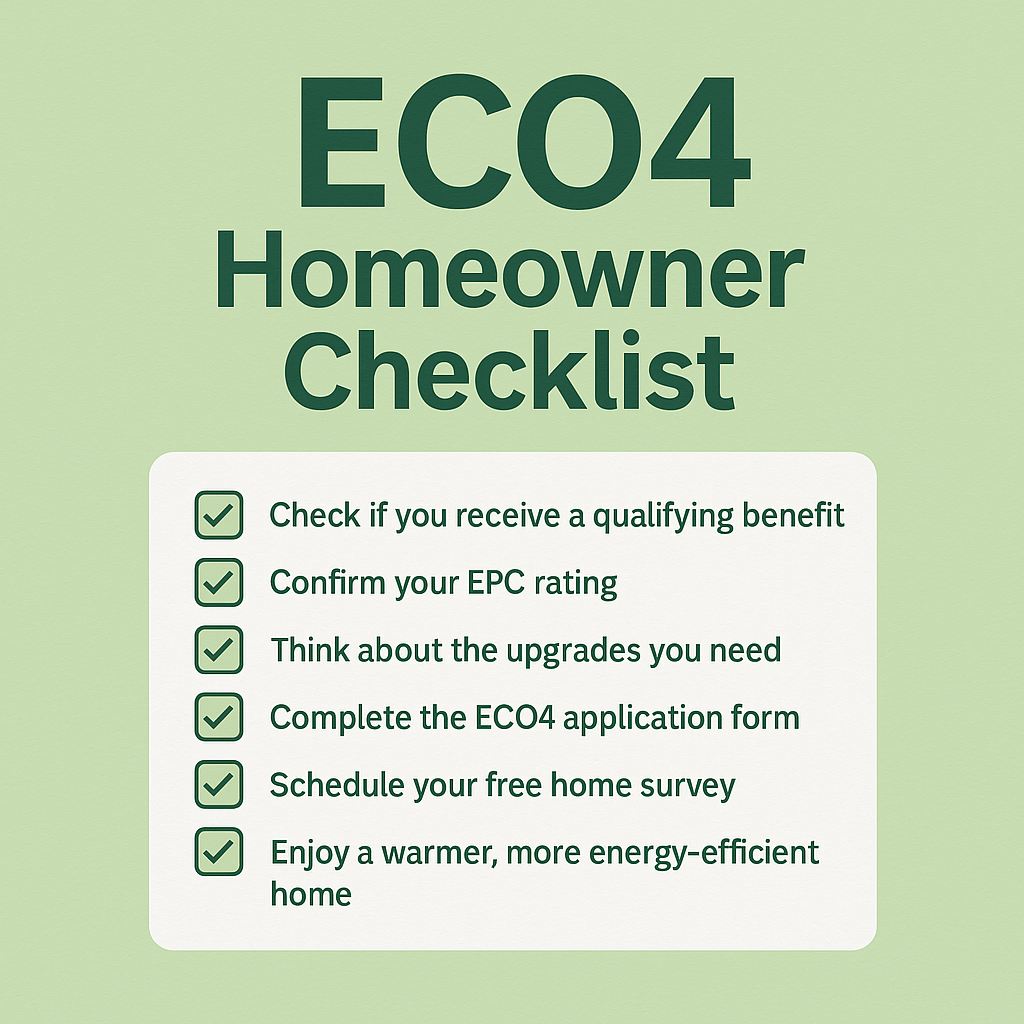There are several different types of loft insulation available for your choosing, depending on your specific requirements, each offering its own unique advantages and disadvantages. In this helpful guide, we provide a brief guide to loft insulation.

Blanket Loft Insulation
Available in various sizes, blanket loft insulation is arguably the most common type of insulation available today, fitting comfortably between joists. In order to correctly calculate the exact amount of loft insulation you’ll require for the job, start by measuring the distance between joists and the length of the floor space you need to cover and purchase accordingly.
Sheet/Roll Insulation
Specifically designed for insulating the sloping sides of your property’s roof, sheet loft insulation is a firm insulation board available with fire and moisture-resistant covering installed inside your roofing.
Blown-Fibre Insulation
A more complex form of loft insulation, but a highly effective one at that, blown-fibre insulation should only ever be carried out by a professional contractor, such is the expertise required. Unlike blanket or sheet/roll insulation, blown-fibre insulation is blown into the cavity spaces between your loft joists using an intelligent process in which a series of holes are drilled in a specific pattern.
Loose-Fill Insulation
Composed of a variety of granular and/or lightweight materials, such as cork granules, mineral wool and cellulose fibre, loose-fill insulation is commonly used as a way of replacing or topping up existing insulations in loft spaces. Generally considered a greener form of insulation, loose-fill insulation can even include recycled newspaper.
Installing Your Loft Insulation
Should you choose to install loft insulation at home, there are a few important things to remember to ensure the process is carried out effectively. Below, we provide a helpful guide to installing loft insulation.
● Clear your loft of any old boxes, furniture or debris.
● Next; install your loft insulation into pipes or water tanks in the roof space, (lagging), to prevent them from freezing once the loft is insulated from the living space below.
● Assess the space and identify any electrical wiring, ensuring it remains above the insulation material during and after it is installed. Be careful not to overstretch the wire during this process.
● Measure your loft space and determine how much insulation you’ll require.
● Unroll your loft insulation, laying it between your joists.
● Install a second layer of loft insulation at a right angle to the first.
Are you looking for free loft insulation grants? At UK Energy Management (NE) Ltd, we help deliver government funded loft insulation, electric heaters, solar energy and much more. If you receive one or more state benefits you could be eligible for a 100% replacement or installation of heating systems and insulation through the ECO4 scheme. If you’d like to talk to one of our knowledgeable staff members about our service, contact us today.



